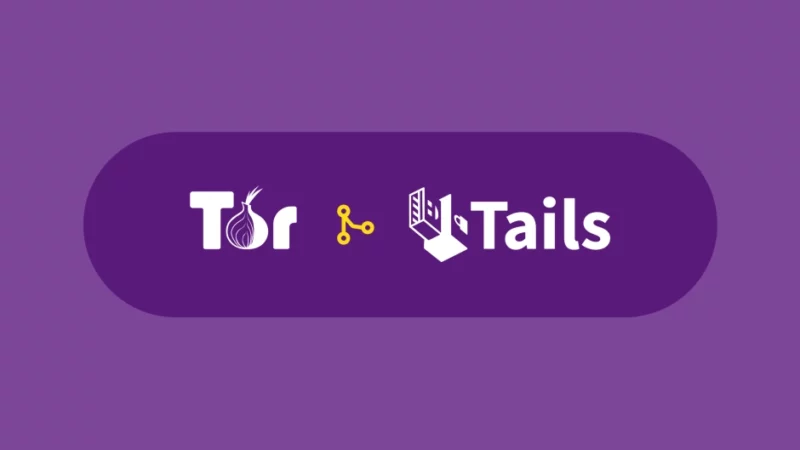
The Tor Project
The Tor Project, the nonprofit that maintains software for the Tor anonymity network, is joining forces with Tails, the maker of a portable operating system that uses Tor. Both organizations seek to pool resources, lower overhead, and collaborate more closely on their mission of online anonymity.
Tails and the Tor Project began discussing the possibility of merging late last year, the two organizations said. At the time, Tails was maxing out its current resources. The two groups ultimately decided it would be mutually beneficial for them to come together.
Amnesic onion routing
“Rather than expanding Tails’s operational capacity on their own and putting more stress on Tails workers, merging with the Tor Project, with its larger and established operational framework, offered a solution,” Thursday’s joint statement said. “By joining forces, the Tails team can now focus on their core mission of maintaining and improving Tails OS, exploring more and complementary use cases while benefiting from the larger organizational structure of The Tor Project.”
The Tor Project, for its part, could stand to benefit from better integration of Tails into its privacy network, which allows web users and websites to operate anonymously by connecting from IP addresses that can’t be linked to a specific service or user.
The “Tor” in the Tor Project is short for The Onion Router. It’s a global project best known for developing the Tor Browser, which connects to the Tor network. The Tor network routes all incoming and outgoing traffic through a series of three IP addresses. The structure ensures that no one can determine the IP address of either originating or destination party. The Tor Project was formed in 2006 by a team that included computer scientists Roger Dingledine and Nick Mathewson. The Tor protocol on which the Tor network runs was developed by the Naval Research Laboratory in the early 2000s.
Tails (The Amnesic Incognito Live System) is a portable Linux-based operating system that runs from thumb drives and external hard drives and uses the Tor browser to route all web traffic between the device it runs on and the Internet. Tails routes outgoing traffic through the Tor Network
One of the key advantages of Tails OS is its ability to run entirely from a USB stick. The design makes it possible to use the secure operating system while traveling or using untrusted devices. It also ensures that no trace is left on a device’s hard drive. Tails has the additional benefit of routing traffic from non-browser clients such as Thunderbird through the Tor network.
“Incorporating Tails into the Tor Project’s structure allows for easier collaboration, better sustainability, reduced overhead, and expanded training and outreach programs to counter a larger number of digital threats,” the organizations said. “In short, coming together will strengthen both organizations’ ability to protect people worldwide from surveillance and censorship.”
The merger comes amid growing threats to personal privacy and calls by lawmakers to mandate backdoors or trapdoors in popular apps and operating systems to allow law enforcement to decrypt data in investigations.






















+ There are no comments
Add yours